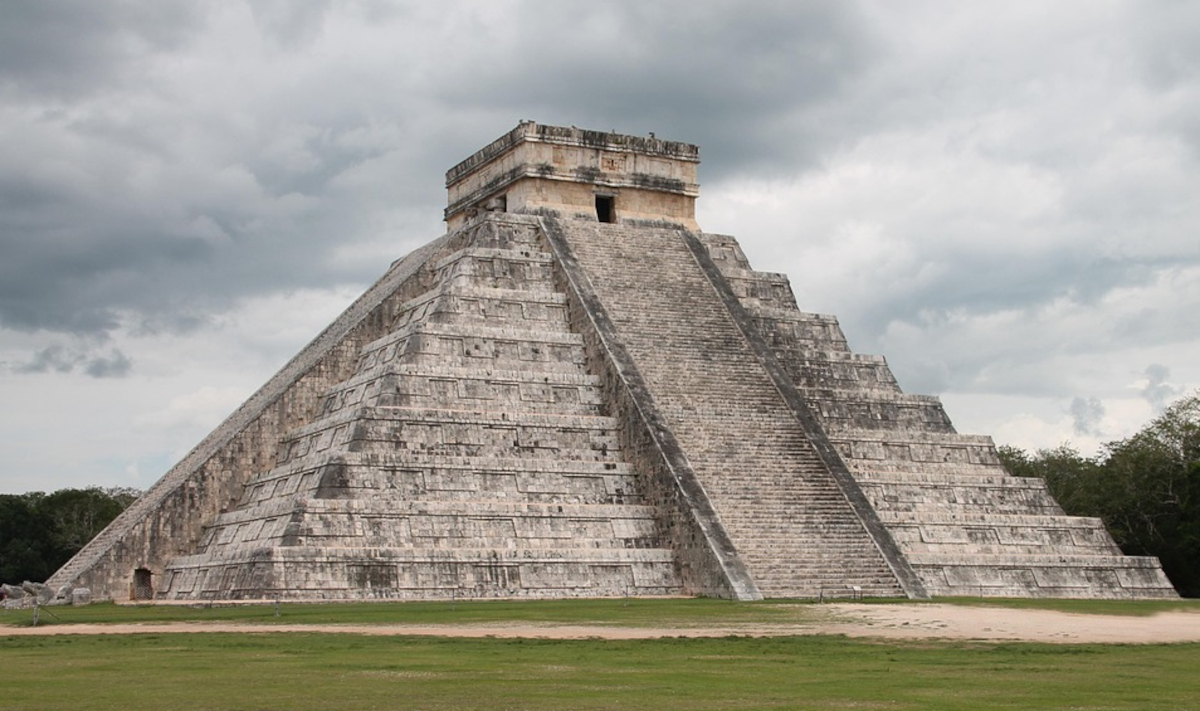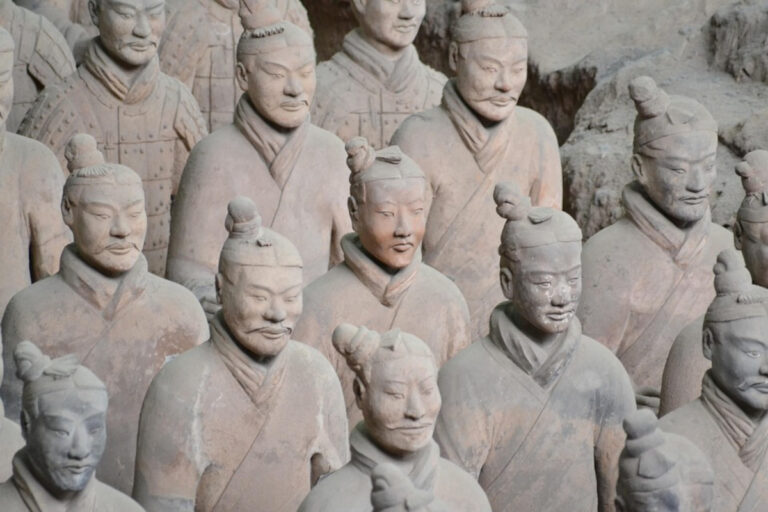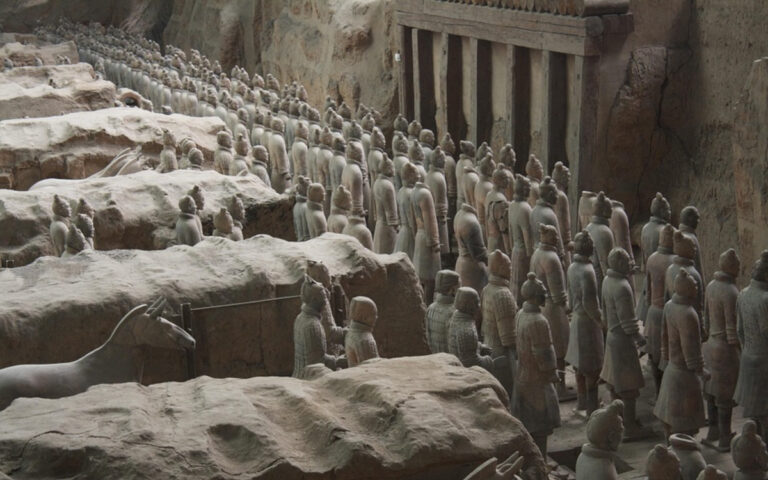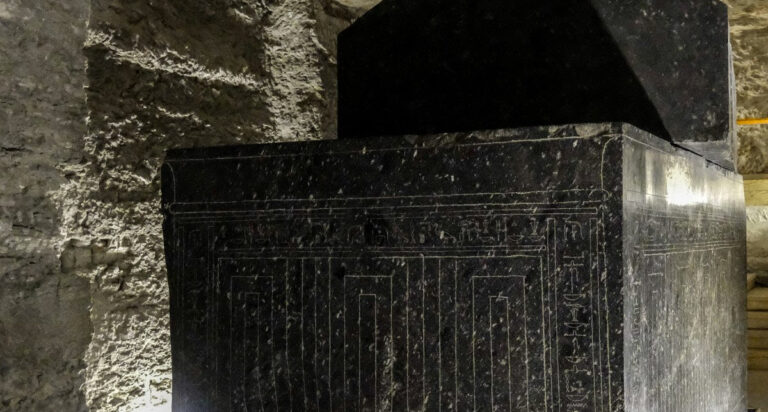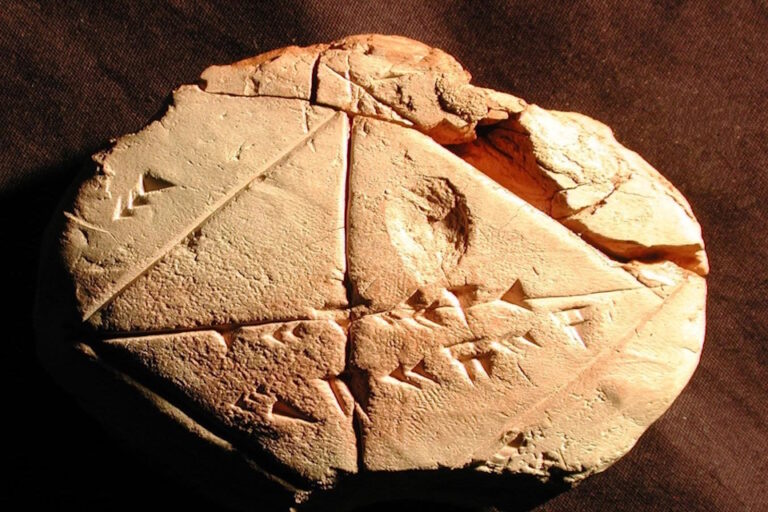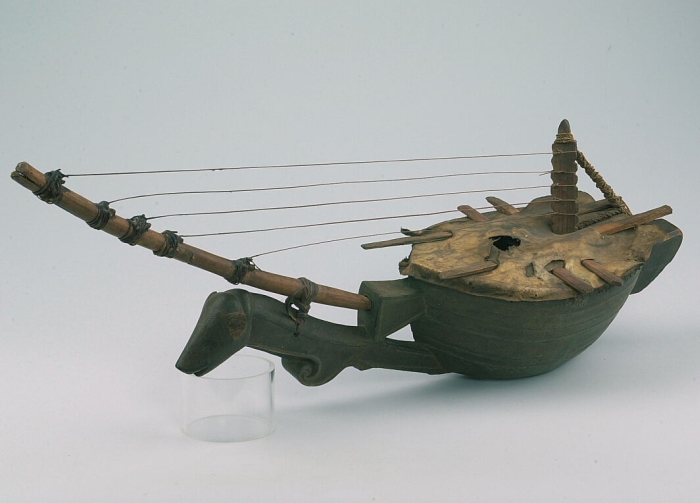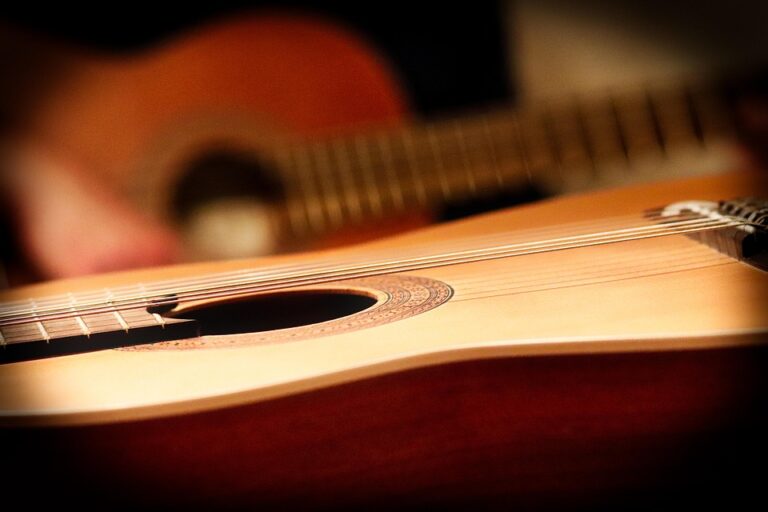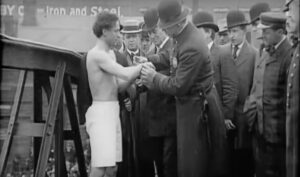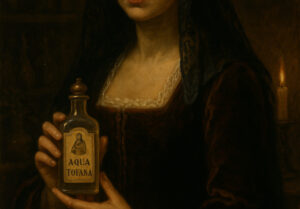In the heart of Mexico’s Yucatán Peninsula stands one of the most iconic structures of the ancient world: El Castillo, the Pyramid of Kukulkán at Chichén Itzá. More than just a majestic stone structure, this pyramid hides astonishing secrets within its limestone walls—secrets that modern science is only beginning to reveal.
What lies beneath this ancient marvel? Let’s journey into the heart of El Castillo to discover what’s truly inside.
A Pyramid Within a Pyramid
One of the most fascinating discoveries about El Castillo is that it’s not just one pyramid. Archaeologists have confirmed that it’s actually a layered structure, composed of three pyramids built on top of one another, each from a different era of Maya civilization.
The outermost pyramid is what visitors see today, likely constructed between the 9th and 12th centuries.
Beneath it, researchers in the 1930s discovered an earlier pyramid with a similar design.
Even deeper, in 2016, archaeologists using non-invasive imaging uncovered a third, even older pyramid, believed to be from around 500 AD.
These layers speak to the Maya practice of building over earlier sacred sites, preserving their spiritual significance across centuries.
Innermost Pyramid (circa 550 CE)
Constructed during the early development of the city.
Made of limestone with simpler construction techniques.
Contains the Jaguar Throne and Chac Mool.
Served as the original temple atop a platform.
Middle Pyramid (circa 800 CE)
Built directly over the earlier structure.
Featured enhanced ornamentation and ceremonial importance.
Enclosed the original temple, preserving its sacred items.
Outermost Pyramid (circa 1050 CE)
The visible structure today, with 9 terraces and 365 steps (one for each day of the solar year).
Designed with astronomical precision to align with the sun during equinoxes, casting a serpent-like shadow on the staircase.
Red Jaguar Throne
Located deep inside the middle pyramid, accessible via a narrow tunnel (now sealed to the public). The throne is carved in the shape of a jaguar, a powerful symbol in Maya culture. Jaguars were often linked to the underworld (Xibalba) and were seen as warrior gods or symbols of nighttime and the mysterious. The red color of the throne signify both the life force (blood) and the connection to sacrifice, reinforcing the idea that this throne was used for ritual purposes by the ruling elite. The throne also suggests the idea that the Maya ruler was not just a political figure but a divinely sanctioned king, chosen by the gods. The throne’s placement inside El Castillo, at the heart of the city’s most sacred temple, reinforced this concept.
It may have been used in initiation rites or coronation ceremonies, marking the moment when the ruler would ascend to their divine position, as they performed rituals with the gods to affirm their right to rule.
Chac Mool Statue
Found near the Jaguar Throne.
What is a Chac Mool?
A Chac Mool is a reclining human figure with its head turned to one side, arms bent, and hands resting on its stomach. A bowl or plate is typically placed on its stomach, suggesting that it was used to hold offerings such as food, precious items, or blood in ritual contexts. The posture of the figure is distinct — with raised knees and legs positioned in a way that suggests a resting or waiting posture.
The term “Chac Mool” refers to the figure’s connection with the Maya god Chac, the god of rain and fertility. However, Chac Mool statues are not always directly tied to Chac himself; they may have been representations of earthly figures, gods, or even ancestors.
Physical Description
-
The Chac Mool is often depicted reclining, with the torso facing up, head turned to one side, and legs bent at the knee. This posture is seen as symbolic of a resting or waiting position, possibly implying that the figure is awaiting offerings or the fulfillment of a ritual.
-
The face of the Chac Mool is often slightly turned, with downturned eyes and a neutral expression. The mouth is frequently open, possibly suggesting the figure’s role in consuming offerings or representing an intermediary between the gods and humans.
-
The most notable feature is the hands, which rest on the stomach or abdomen, holding a bowl or plate on its stomach. This is where the Maya would place offerings, such as food, precious stones, or blood.
Significance and Symbolism
-
Connection to Rituals and Offerings:
-
The Chac Mool was central to Maya rituals. The bowl or plate on its stomach would typically be used to hold sacrificial offerings—sometimes including human hearts, blood, or precious objects like jade or gold.
-
The Chac Mool may have functioned as an offering receptacle during rituals meant to appease the gods, ask for rain, fertility, or good harvests, or to honor deities like Chac (the rain god) and Kukulcán (the feathered serpent).
-
-
Mediator Between Worlds:
-
The figure’s reclining, resting position might suggest that it is in a waiting state—awaiting offerings, or even the transference of energy between the earthly realm and the spiritual world.
-
The open mouth and bowl on the stomach could symbolize a figure consuming the offerings, representing a link between the human world (offering the gifts) and the divine realm (where the gods would “receive” these gifts).
-
-
Rain and Fertility:
-
The connection with Chac, the rain god, was integral to the role of the Chac Mool. Since the Maya deeply valued agriculture and rain was essential to their crops, the Chac Mool may have been used in rainmaking rituals.
-
In this context, the figure could symbolize the fertility of the land, and the offerings placed on the Chac Mool’s stomach might be meant to invoke the god’s favor for rain and a prosperous harvest.
-
-
Connection to the Underworld:
-
As an intermediary figure, the Chac Mool could also serve as a connection between the earthly realm and the underworld (Xibalba). It might have been placed in tombs or sacred spaces to guide spirits to the underworld or represent the idea of rebirth.
-
The Cenote Below
Cenotes were extremely important to the ancient Maya and were central to their religious, cultural, and practical life. The significance of cenotes is deeply rooted in the Maya worldview, which saw these natural wells or sinkholes as both sacred and symbolic. Here’s why cenotes were so vital to the Maya:
Portal to the Underworld (Xibalba)
The Maya believed that cenotes were gates to the underworld – a place called Xibalba.
Water was viewed as a life-giving force, but it was also tied to death, fertility, and the passage to the afterlife. Cenotes, being deep, mysterious, and filled with water, were considered sacred entrances to the underworld, a place where deities could be contacted or appeased.
The feeling of mystery and the unknown associated with cenotes led the Maya to regard them as spiritual places, often used for rituals to communicate with the gods, seek divine favor, or ensure prosperity.
Water Source in a Dry Landscape
The Yucatán Peninsula, where Chichén Itzá is located, is characterized by karstic terrain, meaning it lacks rivers and lakes.
Cenotes provided crucial water sources in an otherwise dry region, especially during droughts or the dry season.
Because water was so scarce, cenotes became precious resources not only for survival but for ceremonial purposes, further enhancing their sacredness.
Sacred Offerings & Rituals
The Maya used cenotes for ritual offerings, including human sacrifice. Archaeologists have found remains of jewels, ceramics, and human bones at the bottom of many cenotes, indicating their use in both elite ceremonies and commemorative rites.
One of the most famous examples is the Sacred Cenote at Chichén Itzá, where a large number of sacrificial items were discovered, including gold, jade, and human remains. These offerings were believed to honor the gods or request favors, like rain for crops or fertility.
Astronomical and Cosmological Significance
Cenotes often aligned with the Maya’s deep connection to astronomy. Their placement and use in rituals may have been directly related to celestial events like eclipses or the movements of the planets.
For example, the Sacred Cenote at Chichén Itzá is aligned with the sun’s path and the changing of seasons, making it not only a physical but also a symbolic link to the cosmos.
Some cenotes were even used in Maya cosmology as markers of the balance between the earth (the surface) and the underworld (the cenote as a portal).
Symbol of Life, Death, and Renewal
The Maya saw water as a symbol of life and fertility, but also of death and transformation. Cenotes, as a source of water, embodied these dual aspects, marking them as a sacred space for both birth and death.
The cenotes were tied to cycles of life, renewal, and sacrifice, serving as places for rituals meant to bring balance and harmony between the gods, the natural world, and the Maya people.
Enclosing Sacred Spaces
Some cenotes, like the Sacred Cenote at Chichén Itzá, were enclosed by walls or temples. This served to enhance the sacredness of the space, making the cenote feel like an exclusive zone for the gods and the high priests to enter, emphasizing the distance between the common people and divine realms.
Symbolic of the Earth’s Heart
Cenotes were often referred to as the “heart of the earth”, connecting the terrestrial world with the underworld, and sometimes even with the celestial realms.
As the Maya viewed themselves as living in a world between the heavens and the underworld, cenotes represented a cosmic axis, linking these realms and underscoring their belief in the interdependence of all three.
In short, cenotes were much more than just water sources. They were sacred, spiritual locations that reflected the Maya’s deep connection to nature, the gods, and the afterlife. The use of cenotes in religious ceremonies and offerings was integral to their understanding of the world, reinforcing the idea that life, death, and rebirth were all part of a cosmic cycle.
The Tunnel: Gateway to Ritual Spaces
A tunnel shaft was discovered inside the north stairway in the 1930s. This tunnel leads to a chamber containing the Red Jaguar Throne and a Chac Mool statue.
It is steep and narrow, suggesting it was not intended for regular access—likely used only for rituals or royal ceremonies.
